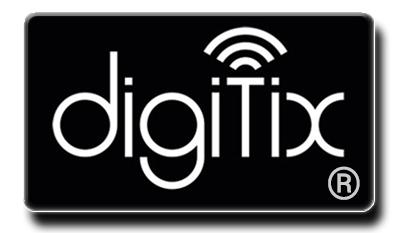Water Level Controller DWLC-777-V2 & Sensor probes
Features
- Overhead tank control
- Sump control
- Dry-run protection
- Run timer & Standby timer
- Sump timer
- Submersible pump control
- Auto adjusting dry-run timeout
- Auto adjusting retry delay
- Zero-cross switching triac output
- Micro-computer based design
- Elegant ABS enclosure
functions
- Overhead tank control : The motor switches on when the water level in the overhead tank falls below the reserve level (OL sensor) and switches off when the water level rises to the full tank (OH sensor).
- Sump control : When the water level in the sump approaches the foot valve (SL sensor), the motor turns off to prevent air from entering the suction. The motor turns on when the water level rises enough for re-pumping (SH sensor).
- Dry-run protection with auto adjusting dry-run timeout and retry delay : Running the pump without water for long periods can damage the impellers and water seals. To prevent this, after starting the motor, it is checked whether the water reaches the overhead tank within a specified time. The time for water to reach the overhead tank varies depending on the length of the delivery pipe, the voltage, and the efficiency of the pump. Water is considered properly pumped by the controller if it reaches the overhead tank continuously for more than ten seconds. If pumping is interrupted within this period or the water does not reach within the dry-run time limit, the motor switches off and tries again after a certain time (retry delay). The dry-run timeout and retry delay are auto-adjusted each time as pre-programmed based on the retry count. Pre-programmed dry-run timeouts are 15, 30, 45, 60, 90, 90, 120, 120, 120, 120, 120, 100, 100, 100, and 100 seconds. Pre-programmed retry delays are 5, 5, 5, 10, 15, 15, 15, 30, 30, 60, 90, 120, 180, and 240 minutes. After 15 attempts, operations will be suspended until the power is turned off and on again.
- Run timer & Standby timer : When higher-capacity overhead tanks are used, the operating time of the pump will increase. This can cause the motor to overheat. The run timer limits pumping to 20 minutes. The standby timer cools the motor for 30 minutes and then resumes pumping.
- Sump timer : The amount of water coming into the sump may vary from time to time. Sometimes it doesn't even reach the SH sensor. The sump timer monitors the sump’s water level. When the water level recovers above the SL sensor, pumping resumes after waiting 30 minutes. This function ensures the availability of water in the overhead tank. Useful in areas where water supply is frequently disrupted and in the summer when water sources in wells are weak.
- Submersible pump control : When the springs in the well recede in summer, if you wait for some time, the water level will rise and can be pumped for a while. When using submersible pumps, it is not always possible to place the sensor inside the sump or well. The controller does not sense the water level inside the sump or well because the SL and SH sensors are not installed. A dry run after continuous pumping for 10 seconds can be interpreted as the sump being empty. The controller uses this method to detect that the sump or well has run out of water. To do this,Connect the SL sensor terminal to the COM terminal with a wire. After starting the motor, water can be considered properly pumped if it reaches the overhead tank continuously for more than 10 seconds. When the sump or well runs out of water, air enters the suction and stops pumping. If pumping is interrupted for more than 8 seconds, the controller recognises that the water has run out and turns off the motor. After 30 minutes, the pump will turn on again. This method cannot be used with pumps other than submersible or self-priming pumps. For other pumps, sump sensors should be installed.
- Zero-cross-switching triac output (16A) to the motor avoids arcing and extra power loss while switching.
- Micro-computer based sensing algorith prevents corrosion of sensor probes.
- Automatic / Off / Manual switch.











